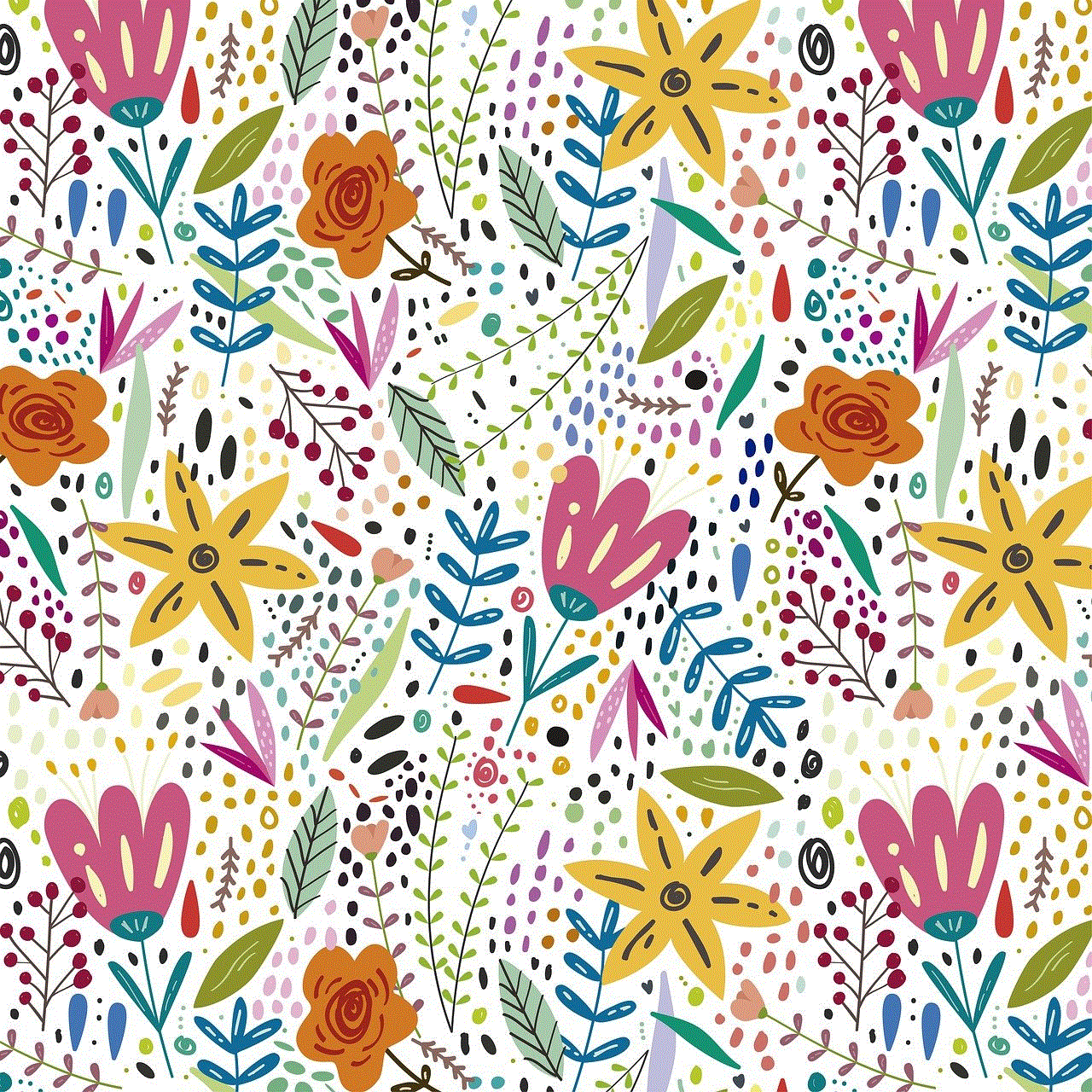teenage party themes
When it comes to planning a teenage party, one of the most important aspects to consider is the theme. A theme sets the tone for the entire event and can help guide decisions on everything from decorations to food and activities. With so many options to choose from, it can be overwhelming to pick the perfect theme for a teenage party. To help make the decision a bit easier, we have compiled a list of some of the most popular and exciting teenage party themes.
1. Hollywood Glamour
One of the most classic and timeless teenage party themes is Hollywood glamour. This theme is perfect for those who want to feel like a celebrity for the night. Start by sending out invitations that resemble movie tickets or VIP passes. Encourage guests to dress up in their most glamorous attire, and have a red carpet set up for them to make their entrance. Decorations can include oversized movie posters, gold and silver balloons, and a photo booth with props. Serve fancy finger foods like mini sliders and champagne cocktails for a truly glamorous experience.
2. Decades
Travel back in time with a decades-themed party. This theme allows for endless possibilities as you can choose any decade from the 1920s to the 2000s. Encourage guests to dress up in the fashion of the chosen decade and decorate accordingly. For example, for a 1950s theme, you could have vinyl records as centerpieces and serve classic milkshakes and burgers. For a 1980s theme, have neon decorations and play popular music from that era. This theme is a fun way to introduce teenagers to different time periods and their unique styles.
3. Masquerade Ball
A masquerade ball is a mysterious and exciting theme for a teenage party. Guests can dress up in fancy attire and wear masks to add to the mystery. Decorations can include elegant chandeliers, black and gold color scheme, and plenty of candles. Set up a photo booth with different masks and props for guests to take pictures with. For food, serve bite-sized appetizers and a signature mocktail. This theme is perfect for those who want a more sophisticated and upscale party experience.
4. Beach Bash
For a summer party, a beach bash is the perfect theme. Set up a backyard or pool area to resemble a beach, complete with sand, beach balls, and lounge chairs. Encourage guests to wear their swimsuits and provide beach towels for them to relax on. Have a variety of beach games, such as volleyball or cornhole, for guests to play. Serve tropical drinks and food, like pina coladas and shrimp skewers. This theme is a great way to bring the fun of the beach to a teenage party.
5. Carnival
Step right up to a carnival-themed party! This theme is perfect for those who want a lively and colorful atmosphere. Set up different carnival games, like ring toss and balloon darts, for guests to play and win prizes. Have a variety of carnival food, such as cotton candy and popcorn, available for guests to snack on. Decorate with bright colors, balloons, and streamers. This theme is perfect for a backyard party or a larger event in a rented space.
6. Neon Glow
A neon glow party is a popular theme among teenagers. This theme is all about bright colors and blacklights. Encourage guests to wear white or neon clothing so that they glow under the blacklights. Decorate with neon balloons, streamers, and glow sticks. Have a dance floor set up with a DJ playing popular music. For food, serve neon-colored drinks and snacks, such as glow-in-the-dark Jell-O shots. This theme is sure to light up any teenage party.
7. Murder Mystery
For a more interactive party experience, consider a murder mystery theme. This theme involves guests being assigned different characters and working together to solve a murder. There are many murder mystery kits available for purchase, or you can create your own story and characters. Encourage guests to dress up as their assigned character and decorate with a vintage, detective-themed vibe. Serve food and drinks that fit with the theme, such as finger sandwiches and detective-themed cocktails.
8. Sports
For the sports enthusiasts, a sports-themed party is a great way to celebrate. This theme can be tailored to fit any specific sport, such as basketball, soccer, or football. Decorate with team colors and have a variety of sports-themed games and activities for guests to participate in. For food, serve popular game day snacks like nachos, hot dogs, and wings. This theme is perfect for those who want a more casual and active party experience.
9. Harry Potter
For fans of the wizarding world, a Harry Potter-themed party is a must. This theme allows for endless possibilities, from recreating scenes from the books and movies to hosting a Hogwarts-themed feast. Encourage guests to dress up as their favorite character and decorate with Hogwarts house colors and symbols. Serve food and drinks that fit with the theme, such as butterbeer and chocolate frogs. This theme is perfect for those who want a magical and immersive party experience.
10. Music Festival
Bring the excitement of a music festival to a teenage party with this theme. Set up a stage for guests to perform or hire a local band to play. Decorate with colorful lights and tapestries to create a festival atmosphere. Have a variety of food trucks or food stations set up for guests to grab a bite to eat. This theme is perfect for those who want a fun and laid-back party experience.
No matter which theme you choose, the most important thing is to have fun and create lasting memories with friends. With these ideas, you can plan a teenage party that your guests will never forget. Remember to consider the interests and preferences of the teenagers you are planning the party for, and don’t be afraid to get creative and add your own personal touches to the theme. Happy party planning!
explain in asl
American Sign Language (ASL) is a complete, complex, and vibrant visual language used by many deaf and hard-of-hearing individuals in the United States and Canada. It is a natural language that has its own grammar and syntax, and is not simply a visual representation of English. In fact, ASL is a distinct language with its own linguistic features and cultural nuances.



The origins of ASL can be traced back to the early 19th century, when Thomas Hopkins Gallaudet, a minister from Hartford, Connecticut, met a young deaf girl named Alice Cogswell. Gallaudet was determined to find a way to communicate with her and other deaf individuals, and he traveled to Europe to learn about the methods used there. He eventually met Laurent Clerc, a deaf teacher from France, and together they returned to the United States to establish the first permanent school for the deaf in Hartford, now known as the American School for the Deaf.
At the time, sign language was not widely accepted as a legitimate form of communication for the deaf. Many people believed that the only way for deaf individuals to learn and communicate was through spoken language, and they were often forced to use oral methods in schools. However, ASL continued to thrive in the deaf community, passed down from generation to generation through Deaf culture and community gatherings.
In the early 20th century, the use of sign language in schools was banned, and oralism (the belief that deaf individuals should learn to speak and lip-read) became the dominant method of communication. This ban lasted for several decades, but in the 1960s, a movement known as the “Deaf President Now” protest at Gallaudet University brought national attention to the importance of ASL and Deaf culture. As a result, sign language was once again recognized as a legitimate form of communication for the deaf, and ASL was finally recognized as a language in its own right.
Today, ASL is the primary language used by many deaf and hard-of-hearing individuals in the United States and Canada. It is a visual-gestural language, using hand movements, facial expressions, and body language to convey meaning. ASL has its own unique grammar and syntax, which differ significantly from spoken languages. For example, in ASL, the subject and object of a sentence are often indicated by pointing, while in English, these are typically indicated through word order.
One of the most fascinating aspects of ASL is its use of space. In ASL, the space in front of the signer is divided into specific areas, representing different people or objects in a conversation. For example, the left side of the signer’s body may represent “you” while the right side may represent “me.” This use of space allows for complex and nuanced conversations to take place without the use of spoken language.
Another unique feature of ASL is its use of classifiers. Classifiers are handshapes that represent categories of objects, actions, or concepts. For example, the classifier for “car” may be a “C” handshape moving forward, while the classifier for “walking” may be a two-finger handshape moving in a walking motion. These classifiers allow for the visualization of objects and actions, making ASL a very descriptive and expressive language.
ASL also has its own idiomatic expressions and cultural nuances. Just like spoken languages, ASL has regional variations and dialects, and certain signs and phrases may have different meanings in different areas. For example, the sign for “pizza” in California may be different from the sign for “pizza” in New York. Additionally, ASL has its own cultural norms and etiquette, such as maintaining eye contact while signing, using turn-taking signals, and showing respect through facial expressions and head movements.
Despite its many complexities, ASL continues to thrive and evolve in the deaf community. It is used in a variety of settings, including schools, workplaces, and social gatherings. In recent years, ASL has gained wider recognition and acceptance in mainstream society, with the use of interpreters in public events and the creation of online ASL courses and resources.
However, there are still challenges faced by the deaf community, especially in terms of accessibility and recognition of ASL as a legitimate language. Many deaf individuals continue to face discrimination and barriers in education, employment, and everyday interactions. There is also a lack of understanding and awareness about ASL and Deaf culture in society, leading to misconceptions and stereotypes.
To address these issues, advocacy and education are crucial. The deaf community and organizations such as the National Association of the Deaf and the American Sign Language Teachers Association continue to work towards promoting the use and recognition of ASL, as well as advocating for the rights and needs of deaf individuals.
In conclusion, American Sign Language is a rich and complex language that has been used by the deaf community for centuries. It has its own unique grammar, syntax, and cultural nuances, making it a distinct language in its own right. Despite challenges and barriers, ASL continues to thrive and evolve, reflecting the resilience and strength of the deaf community. As awareness and understanding of ASL and Deaf culture increase, it is important to recognize and celebrate the diversity and beauty of this visual language.



what does the mean in a text
In today’s digital age, language has evolved to include new forms of communication, such as texting. With the rise of smartphones and instant messaging apps, texting has become one of the most common ways for people to communicate with each other. However, this mode of communication has its own set of rules and nuances, which can be confusing for those who are not familiar with it. One of the most common questions that arise when it comes to texting is, “What does the mean in a text?”
The use of the symbol in texting has become a widespread trend, especially among younger generations. It is used to convey a wide range of emotions and sentiments, from playfulness to sarcasm. The symbol has become so popular that it has even been added to the Oxford English Dictionary as an official word, with a definition that reads, “A representation of a facial expression composed of various keyboard characters, used to convey the writer’s tone or facial expression, as a joke, sarcasm, etc.” But where did this symbol originate, and how did it become such a universal form of expression in text messaging?
The origin of the symbol can be traced back to the early days of the internet, specifically to the early chat rooms and forums of the 1980s and 1990s. At that time, people used emoticons, which were created using various keyboard characters, to convey emotions in their online conversations. The most common emoticons used were the smiley face 🙂 and the frowny face :(, which were used to indicate happiness and sadness, respectively. However, as online communication became more prevalent, people started to experiment with different combinations of characters to create new emoticons that could convey more complex emotions.
One of the earliest recorded uses of the symbol in text messaging can be found in a 1996 post on a forum for online role-playing games. The post read, “I’m sorry if I came across as harsh, I didn’t mean to :(” Here, the symbol was used to convey a sad or apologetic tone to the message. As the use of the symbol became more widespread, it started to take on different meanings depending on the context in which it was used.
Today, the symbol is used in a variety of ways in text messaging. One of the most common uses is to indicate sarcasm or irony. For example, if someone texts, “I love spending my weekends doing laundry :)”, the symbol is used to convey that the person actually hates doing laundry. Similarly, if someone texts, “I’m really excited to work on this project all weekend :)”, it implies that the person is not excited at all and is being sarcastic. The symbol is also used to indicate a playful or flirtatious tone in a conversation, as in “I can’t wait to see you tonight :)” or “You’re so funny :)”.
However, the symbol can also have negative connotations when used in certain contexts. For example, if someone texts, “I can’t believe you forgot my birthday :(“, the symbol is used to convey disappointment or sadness. Similarly, if someone texts, “I’m so tired of dealing with this :(“, the symbol is used to express frustration or annoyance.
One of the reasons for the popularity of the symbol in text messaging is its ability to convey emotions that may be difficult to express through words alone. In face-to-face conversations, we rely on facial expressions, tone of voice, and body language to convey our emotions. However, in text messaging, we do not have access to these non-verbal cues, making it challenging to accurately convey our emotions. The symbol has become a useful tool in filling this communication gap, allowing people to express their feelings in a more nuanced way.
The use of the symbol has also become a form of shorthand in texting. With the rise of social media and instant messaging apps, people are constantly bombarded with messages, and they are always looking for ways to communicate more efficiently. The symbol has become a way to save time and effort in typing out full sentences. For example, instead of typing out “I’m laughing so hard right now”, one can simply use the symbol to convey the same message.
The symbol has also become popular because of its versatility. Unlike other emoticons, which may have a set meaning, the symbol is open to interpretation. This allows people to use it in different ways, depending on the conversation and the relationship between the people involved. For example, a friend may use the symbol to indicate sarcasm, but a significant other may use it to express affection.



Another reason for the widespread use of the symbol is its universality. Unlike other emoticons, which may be specific to a certain culture or language, the symbol is recognized and used by people all over the world. This makes it an accessible and convenient form of communication for people from different backgrounds.
In conclusion, the symbol has become an integral part of text messaging, allowing people to convey emotions and sentiments in a more nuanced way. Its origin can be traced back to the early days of the internet, and its use has evolved over time to become a universal form of expression. Whether it is used to convey sarcasm, playfulness, or sadness, the symbol has become a staple in our digital communication, and it is likely to remain a significant part of our conversations for years to come.